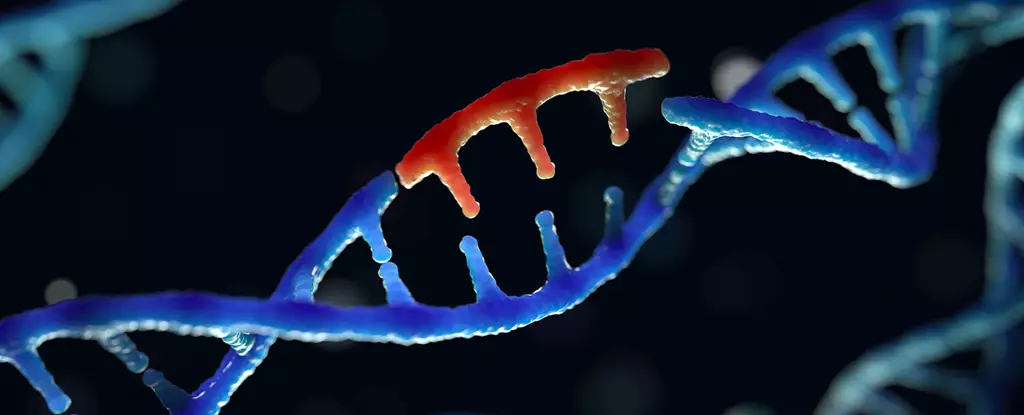Recent research led by University of Colorado bioinformatician Atma Ivancevic and genome biologist Edward Chuong has shed light on the impact of ancient viral infections on modern diseases, particularly cancer. While these viruses were once considered inactive remnants in our genomes, it is now apparent that they can be reactivated to play a significant role in the development and progression of cancer.
Endogenous retroviruses (ERVs) are fragments of viral DNA that have been integrated into the genomes of mammals, including humans. Initially dismissed as ‘junk’ DNA, ERVs have been instrumental in the evolution of mammals, notably in the development of the placenta. Without these viral remnants, our existence as mammals would not have been possible. However, the reactivation of these ERVs comes at a cost, one that is only beginning to be comprehended.
In a functional study conducted on colorectal cancer tissues, researchers identified a specific viral fragment, LTR10, that was found to regulate the expression of genes associated with tumor growth. When LTR10 was deactivated in human colorectal tumor cells and in mice, genes responsible for promoting cancer growth, such as XRCC4, were also suppressed. This discovery not only provided insight into the role of ERVs in cancer development but also opened up new possibilities for targeted cancer treatments.
According to Ivancevic and the research team, LTR10 acts as an epigenetic switch that controls the expression of genes crucial for cancer progression. By manipulating these genes, cancer cells are able to alter their gene expression patterns, allowing them to thrive and resist traditional treatments. Furthermore, the study revealed that a single family of retroviruses could regulate up to 70 cancer-associated genes, highlighting the profound impact of these viral remnants on cancer biology.
While the study provided valuable insights into the role of zombie virus parts in cancer development, the researchers emphasize the need for further investigation into the specific genes and pathways influenced by ERVs. By utilizing patient-derived organoids, researchers can establish a direct link between viral gene expression and cancer progression, paving the way for more targeted and effective treatment strategies.
As we age, our immune defenses weaken, potentially leading to the reactivation of dormant viral fragments within our genomes. This reawakening of zombie virus parts may contribute to a myriad of health problems later in life, underscoring the complex interplay between viral DNA and human health. With ongoing research efforts focused on unraveling the mysteries of our biological past, we continue to uncover the hidden influences that shape our present and future health outcomes.


Leave a Reply